
Watch – Mexico City is Converting Highway Pillars Into Vertical Gardens to Clean the Air and Beautify the City

Mexico City’s Living Highways: Can Vertical Gardens Really Clean the Air?
Imagine driving through a megacity where every inch of space seems swallowed by concrete, cars, and chaos—then suddenly, a towering column appears before you, draped in a lush curtain of greenery. In Mexico City, that sight is no longer a futuristic fantasy or a slick digital rendering. It’s real. And it’s multiplying.
In a metropolis where toxic smog kills more people each year than organized crime, and where residents breathe some of the dirtiest air in the Western Hemisphere, an unlikely beacon of hope has taken root: the concrete pillars of an elevated highway. Once dismissed as soulless supports for endless traffic, these columns are being reborn as vertical gardens—living, breathing installations designed to combat pollution, reduce urban stress, and inject life into the city’s grayest corridors.
But can vines and succulents clinging to concrete really make a measurable difference in a city that runs on combustion engines? Or is this just a picturesque, Instagram-friendly illusion of progress?
The Birth of Via Verde
The Via Verde (“Green Way”) project did not emerge from government blueprints or urban policy think tanks. Instead, it began with a single question on social media.
In 2016, architect Fernando Ortiz Monasterio saw opportunity where others saw only lifeless infrastructure: the 1,000 concrete columns holding up Mexico City’s Periférico highway. These colossal structures, traversed daily by millions of commuters, were symbols of a car-obsessed city. Yet Monasterio imagined something radically different—columns transformed into lush, vertical gardens that could soften the cityscape and provide a breath of cleaner air.
To test the idea, he posted a digital mock-up online along with two questions: Would you support this transformation? And who should pay for it? The response was staggering. Nearly 98.5% of 27,000 respondents said yes. Over 80% favored private investment over taxpayer funding—a reflection of Mexico City residents’ skepticism about government effectiveness.
Then came the viral push. With help from actor Luis Gerardo Méndez, Monasterio released a one-minute video urging citizens to sign a Change.org petition. Within three days, more than 80,000 signatures flooded the mayor’s office. “The phone started ringing,” Monasterio recalled. Bureaucracy, long the enemy of innovation in Mexico City, suddenly bent to public will. Within days, city officials approved the project.
This was more than an environmental initiative—it was a victory for civic engagement. Ordinary citizens had forced the city to act, showing that bottom-up activism could succeed where top-down mandates often failed.
Engineering a Living Wall

Of course, approval was only the first hurdle. Financing was another. The solution was a compromise: every tenth pillar would carry digital advertising, with corporations like Coca-Cola helping fund the effort. Critics saw irony—green infrastructure sponsored by companies often linked to environmental harm—but Monasterio was pragmatic: “We can’t solve everything at once. We need their money.”
Each column was outfitted with a modular garden system made from recycled plastic and aluminum packaging. Into these felt pouches went hardy, low-maintenance plants stitched together by incarcerated volunteers in Mexico’s prisons, giving them both income and purpose. The gardens were irrigated using a closed-loop hydroponic system that recycled rainwater and non-potable city water—reducing strain on freshwater supplies while helping to manage flooding.
Sensors monitored plant health, moisture, and temperature remotely, ensuring precise care across a massive scale: more than 60,000 square meters of vertical greenery.
On paper, the impact was impressive. Research suggested that 50,000 square meters of greenery could annually:
-
Capture 90 tons of CO₂
-
Produce 65 tons of oxygen
-
Filter 32,000 tons of harmful gases
-
Trap 6 tons of dust
-
Process 12.5 tons of heavy metals
But the most immediate impact was human. Studies show that exposure to greenery lowers stress and improves mood, and commuters confirmed it: people smiled more when driving past the gardens. “We ask people what they like most,” Monasterio said, “and they say it changes their mood.”
The project also created hundreds of jobs for gardeners, technicians, and installers—many from marginalized communities. With simple, modular training, even those without formal education could participate and earn a living.
Criticism: Green Gloss or Genuine Change?
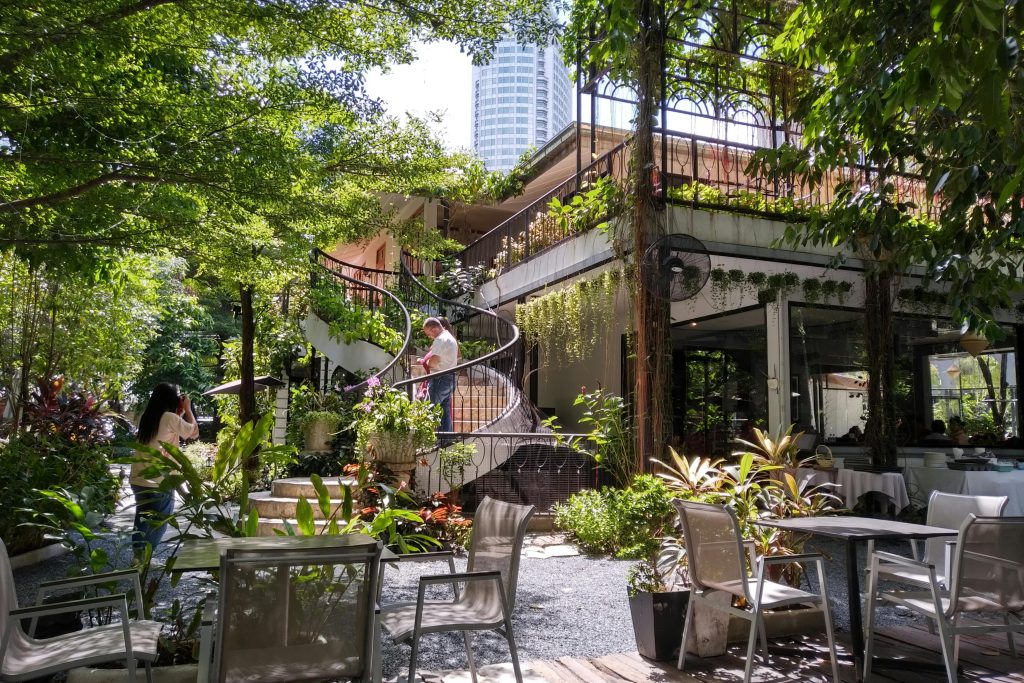
Yet Via Verde is not without controversy. Critics argue that vertical gardens are more aesthetic than effective, especially when air pollution stems largely from cars. “It’s just making car ownership more pleasant,” noted Sergio Andrade-Ochoa of NGO Liga Peatonal.
Skeptics also question cost-effectiveness. For the price of one Via Verde column, up to 300 traditional trees could be planted—trees that provide shade, habitat, and cleaner air. In a city with only 3 m² of green space per person (far below the WHO’s recommended 9 m²), some argue resources would be better spent on parks and public plazas.
Others point out that Via Verde isn’t a public space at all. Unlike a park, no one can sit, gather, or play among the highway gardens—they are meant to be seen, not used. And then there’s the uneasy corporate sponsorship: can a sustainability project truly stay public-spirited when partly designed to host advertisements?
Even Monasterio admits the paradox: “I know I’m cleaning Coca-Cola’s soul,” he said. “But without them, it wouldn’t exist.”
Lessons for Cities Everywhere
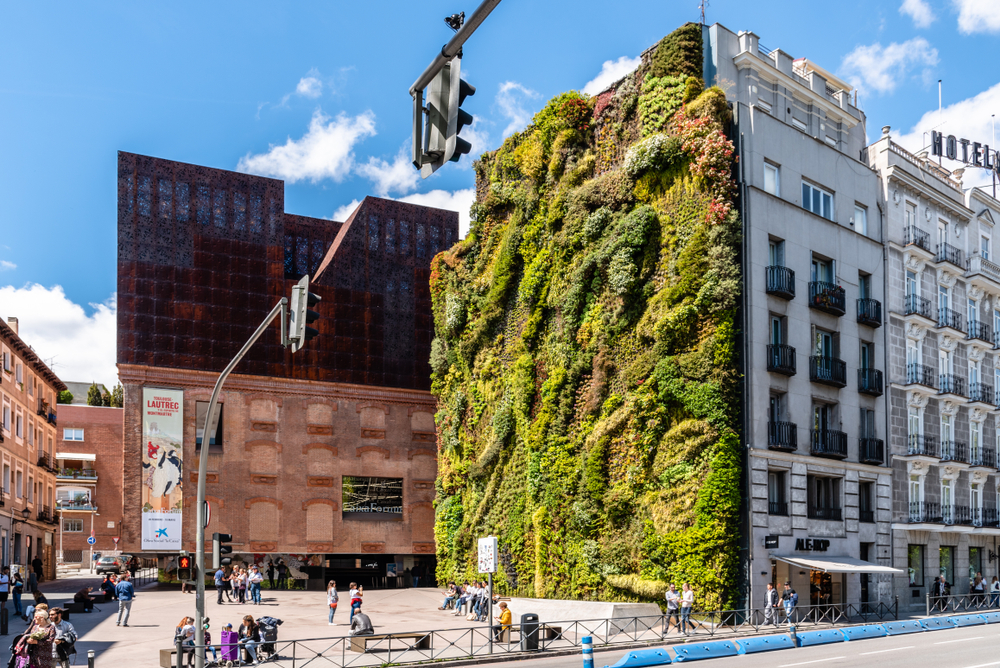
Despite its flaws, Via Verde offers lessons for urban planners worldwide:
-
Use What’s Already There
In dense cities, finding land for new parks is nearly impossible. Via Verde shows how “vertical thinking” can turn dead infrastructure into green space—an echo of global trends like New York’s High Line or Seoul’s restored Cheonggyecheon stream. -
Greenery Improves Mental Health
Even if its environmental benefits are modest, the psychological ones are real. Commuters report lower stress, and studies confirm that greenery reduces anxiety and urban heat.
-
Civic Action Matters
The project exists because ordinary citizens demanded it. Viral petitions, amplified by digital tools, can push governments into action. -
Public-Private Partnerships Can Work—with Transparency
Corporate sponsorship helped fund Via Verde, but such models must remain accountable. Without transparency, they risk turning public goods into marketing campaigns. -
Keep It Simple and Scalable
Training for Via Verde jobs is accessible and modular, making the model replicable worldwide. Already, organizations like the World Economic Forum are exploring adaptations abroad.
The Global Movement to Green Highways

Mexico City isn’t alone. Around the world, highways are being reimagined as platforms for sustainability:
-
Sweden: Electrified highways with wireless charging coils allow EVs to recharge while driving.
-
South Korea: Solar panels built into highway medians power homes and shelter cyclists.
-
Netherlands: Road-embedded solar panels in Uden generate energy for 60 homes.
-
Kenya: Roads in Makueni County redirect stormwater to irrigate crops, with fruit trees planted alongside for food security.
-
United States: Pilot projects embed electromagnetic coils in pavement to test EV charging on the move.
These projects vary in scale and ambition, but all share a common principle: infrastructure should serve not just cars, but people and the planet.
Reimagining Cities, One Pillar at a Time
Via Verde may not solve Mexico City’s pollution crisis, but perhaps that was never the point. Its true achievement lies in changing perceptions: proving that infrastructure doesn’t have to be permanent, gray, or lifeless. With recycled materials, reclaimed water, corporate partnerships, and above all, citizen pressure, dead concrete has been turned into living lungs.
In a world often paralyzed by the enormity of climate challenges, projects like Via Verde provide momentum. They remind us that innovation doesn’t always mean tearing down and starting over—it often means reimagining what already exists.
For cities worldwide, the lesson is clear: don’t just build greener. Look at what you’ve already built, and dare to see it differently.
Because the question is no longer if we should green our cities—it’s how creatively, equitably, and urgently we are willing to do it.
News in the same category


Decode the secrets behind human fingerprints.

Ch!lling simulation shows what actually happens to your body when you d!e

Scientists issue warning for surprising item people use that's 40 times dirtier than a toilet seat

Scientists reveal what your favorite way to eat eggs really says about you
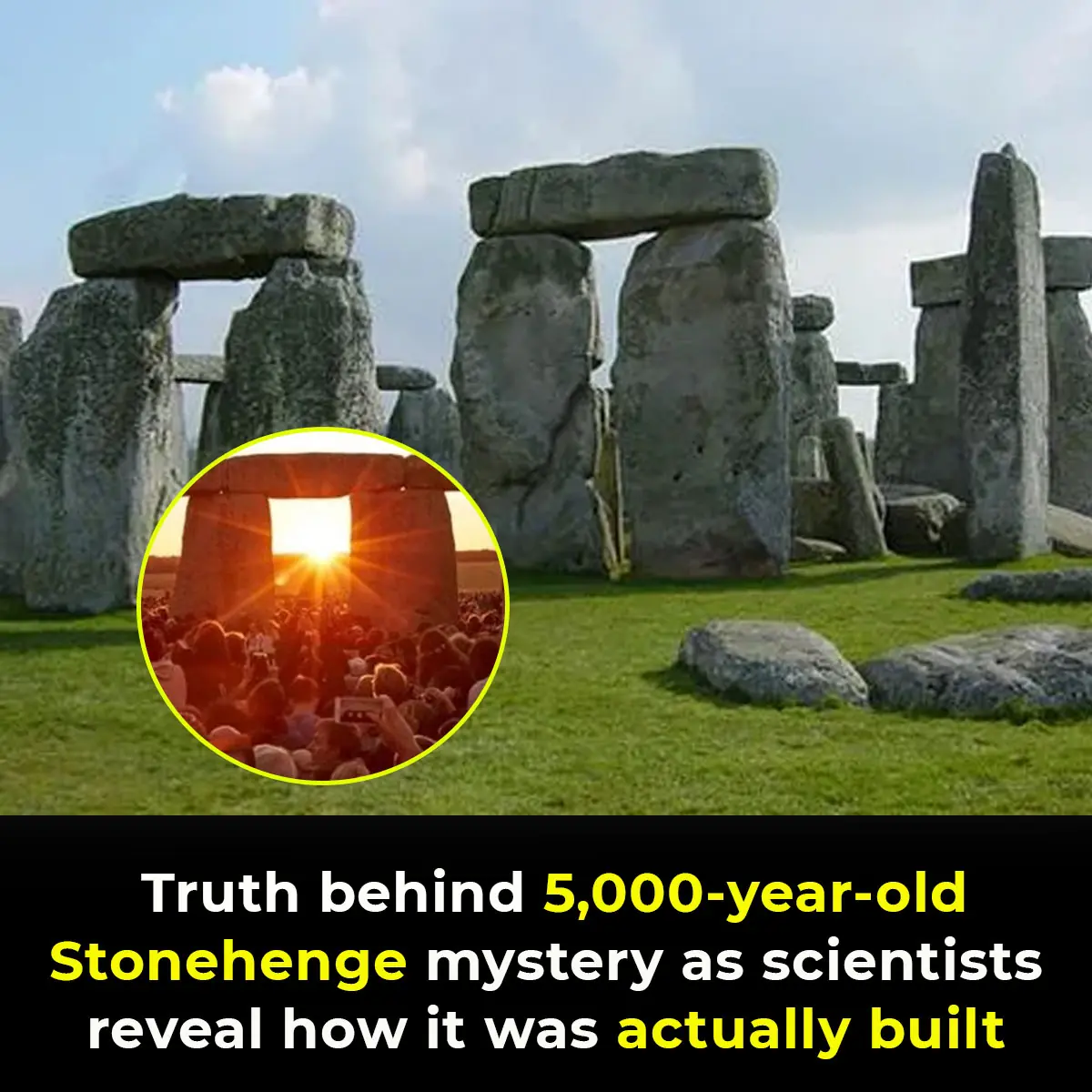
Truth behind 5,000-year-old Stonehenge mystery as scientists reveal how it was actually built

New report reveals exactly which professions are most at risk from AI takeover in the next five years
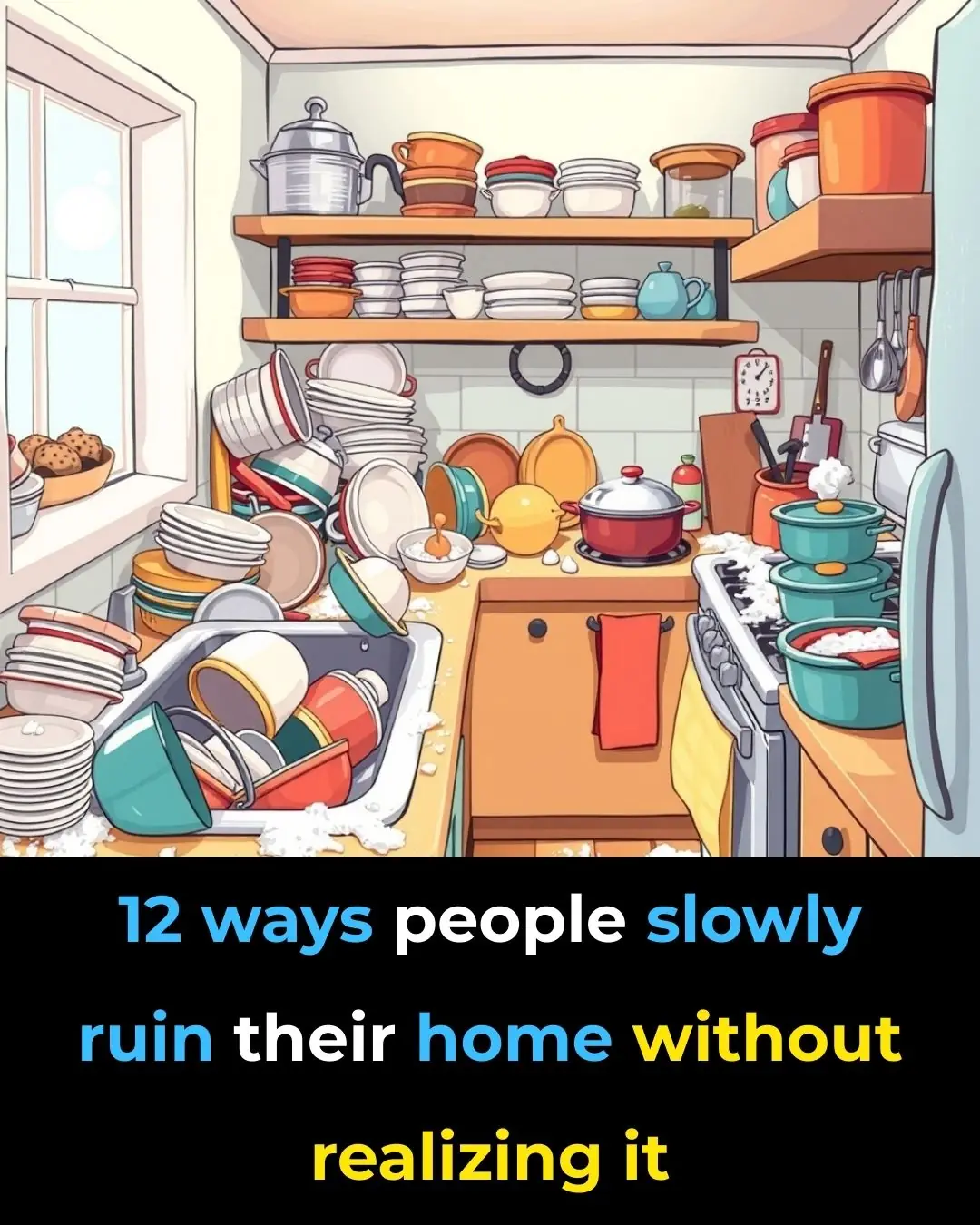
12 Small Habits That Could Be Ruining Your Home

Are Brown Recluse Bites Really That Dangerous? Here’s What You Should Know
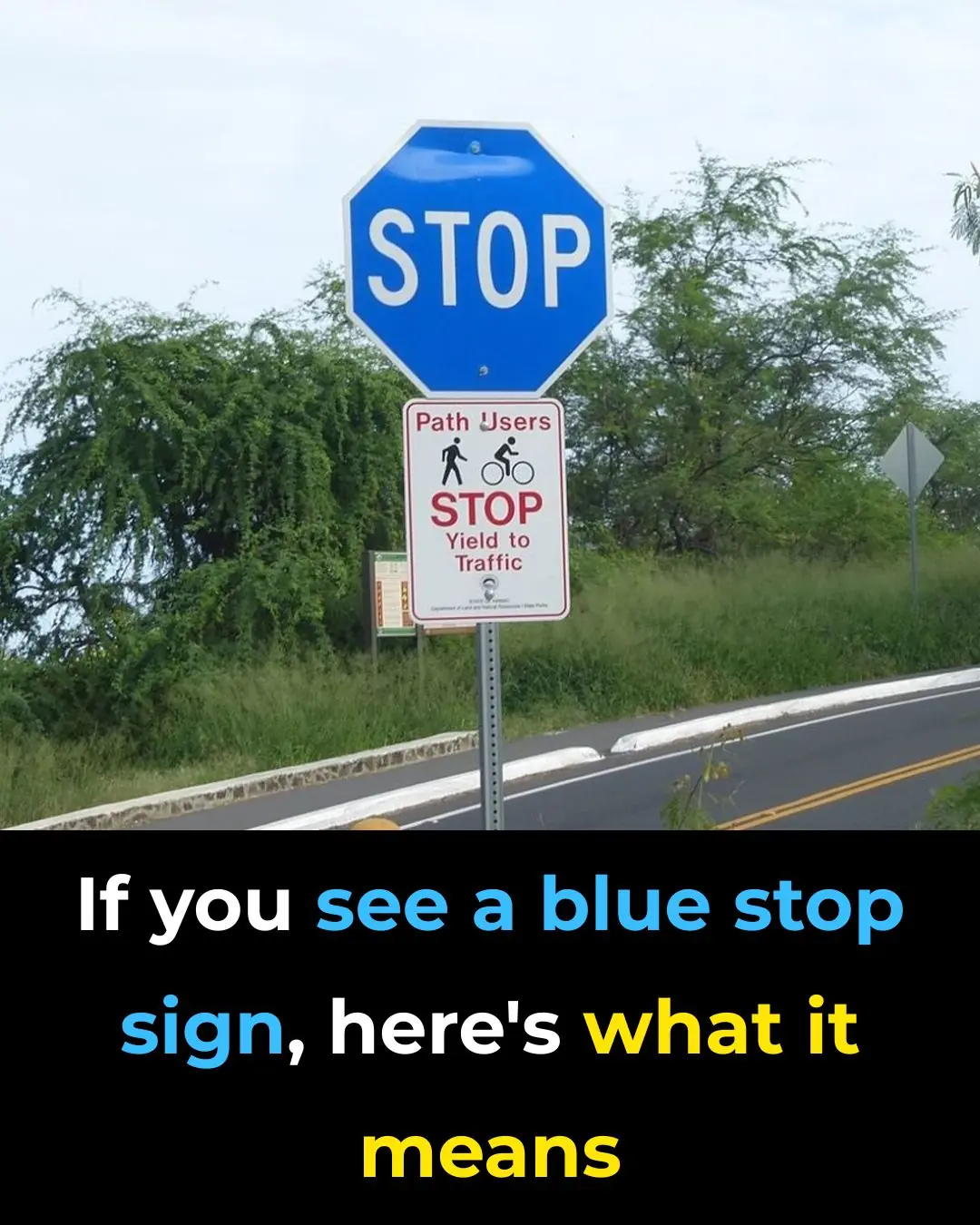
Blue Stop Signs: What Do They Mean?

16 Subtle Clues Your Partner May Not Be Loving You as You Deserve

15 Phrases You Should Never Tell a Man to Avoid Tension
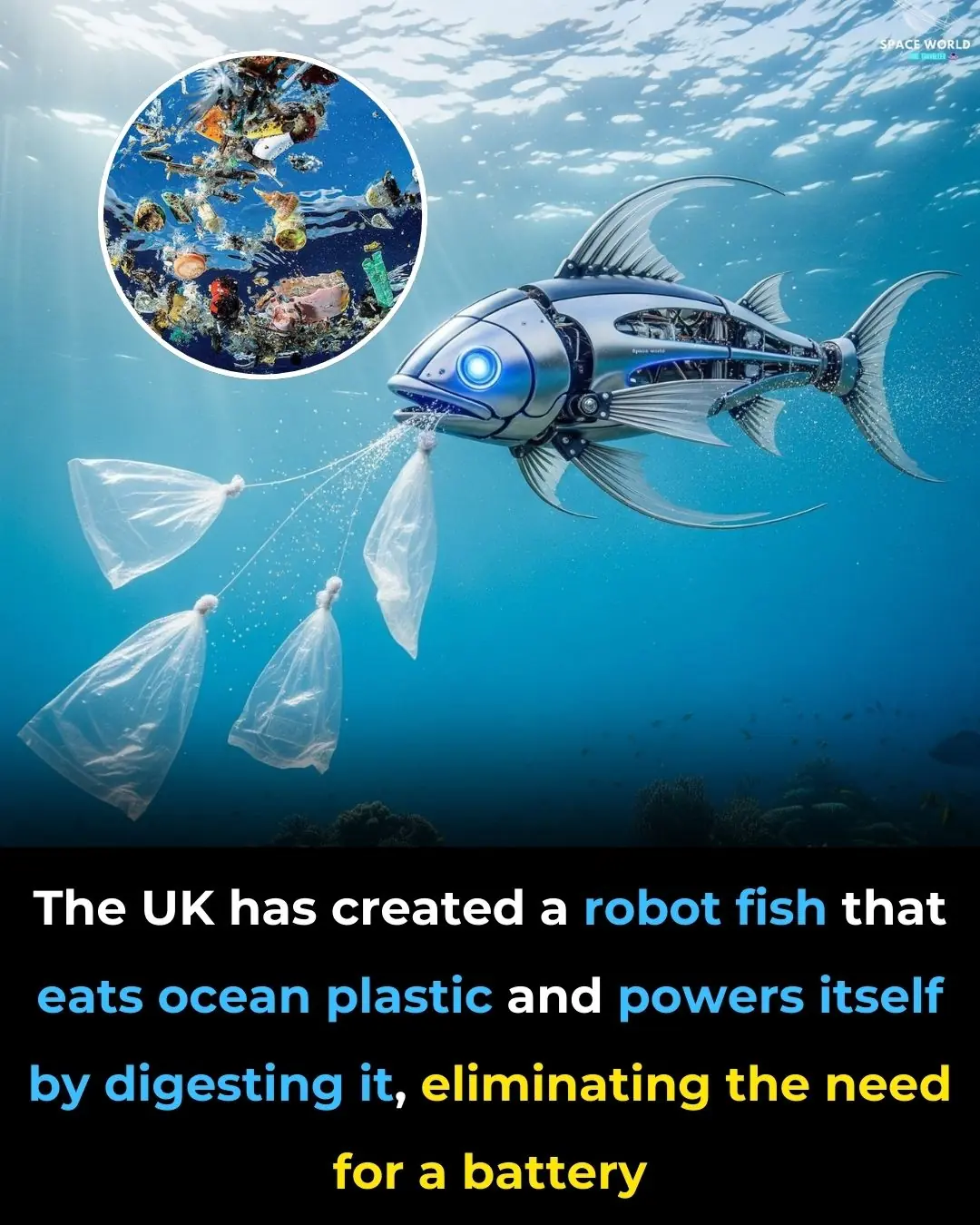
The UK Has Created a Robot Fish That Eats Ocean Plastic and Powers Itself by Digesting It, Eliminating the Need for a Battery

MrBeast finally reveals his net worth after admitting how much is in his bank account live on stream

Influencer trapped in one of the most remote places on Earth faces brutal fine as legal fate is revealed

Texas announces major plan to fight flesh-eating flies as they prepare to descend on the US

The Volume Buttons on Your iPhone Have Countless Hidden Features
Your iPhone’s volume buttons may seem simple, but they’re packed with powerful, time-saving shortcuts. From snapping perfect photos without touching the screen to activating emergency calls in seconds, these “secret” tricks can make your iPhone ex

The reason dogs often chase and bark some people but not others
While dogs are often called “man’s best friend,” not every interaction starts with a wagging tail. Sometimes, a dog will bark, growl, or even run after a person — and the reasons go far deeper than simple playfulness.
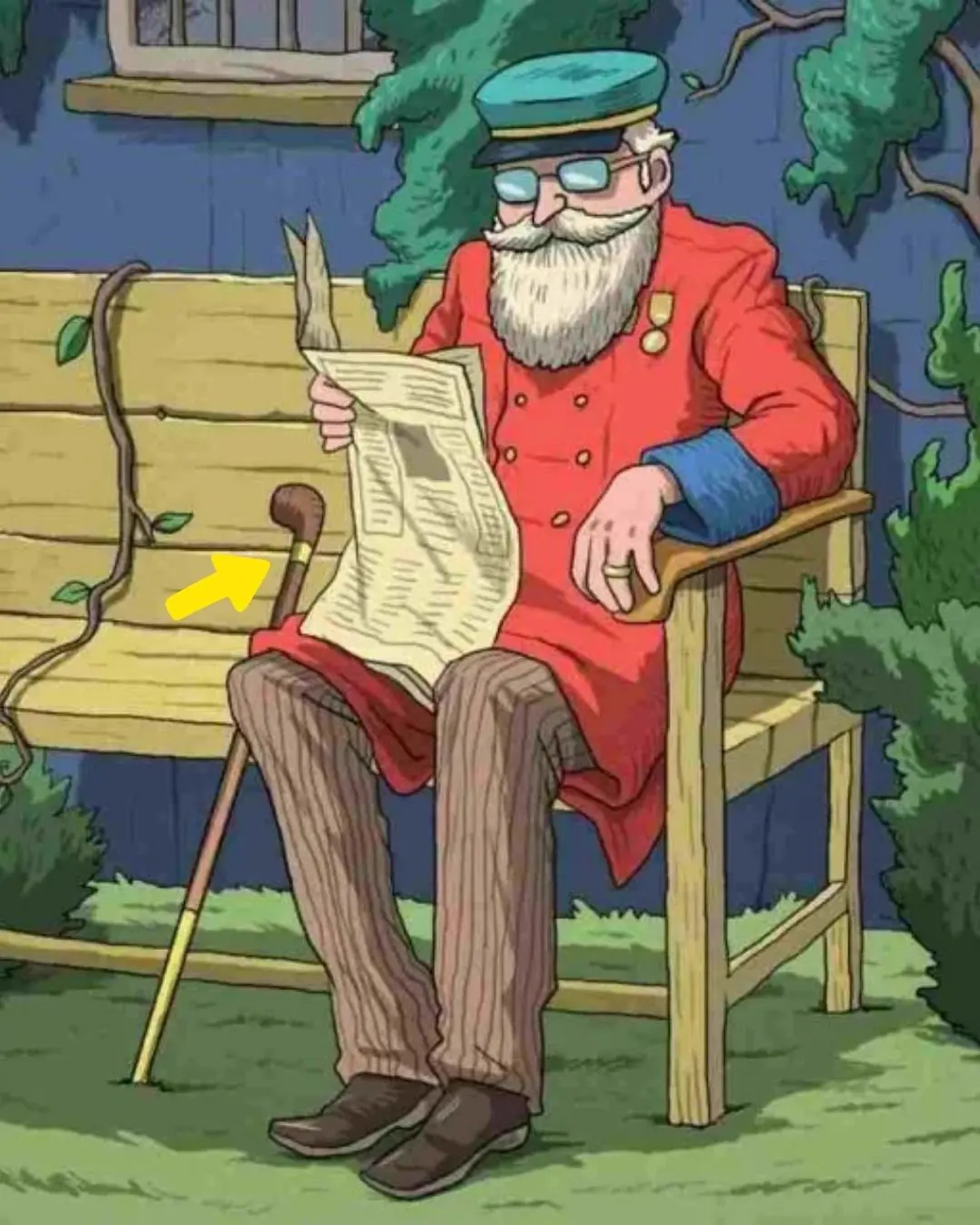
Can You Find the Hidden Pipe? Only 2% Can!
News Post

Tibremciclib for Advanced Breast Cancer: Is It Worth It?
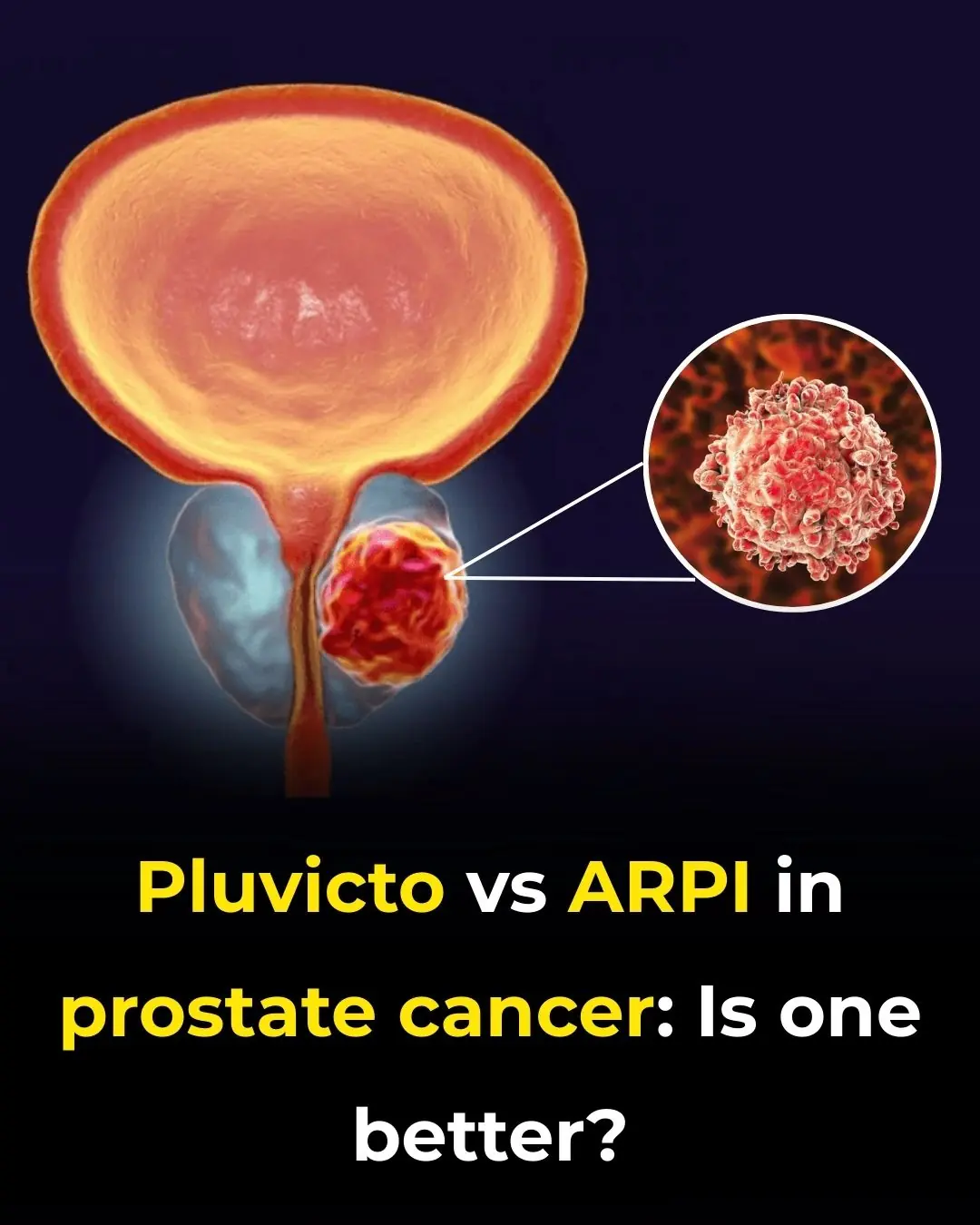
Pluvicto vs ARPI in Prostate Cancer: Is One Better?

Does Chest Pain Always Mean a Heart Attack?

10 Tasty Snacks Packed With Good-for-You Carbs

Pokeweed: The Attractive but Highly Toxic Plant Growing in Your Backyard

Goosegrass: Health Benefits and Uses

The Powerful Health Benefits of Lipton, Cloves, and Ginger Tea Every Woman Should Know

Drink this before bed to balance blood sugar & stop nighttime bathroom trips!

This vegetable oil linked to “aggressive” tumour growth, study finds

The Miracle Tree: 16 Health Benefits of Moringa & How to Use It

Clove Collagen Gel : Night Gel For A Smooth & Tight Skin

Transform your skin with fenugreek seeds

8 Natural Remedies to Cure Sinus Infections Without Antibiotics

Trump is Looking to Change Marijuana Laws in the Us and It Could Have a Major Impact

The Best Hair Growth Vitamins and Supplements to Fight Hair Loss

Foods to Eat if You Need to Poop – The Best Natural Laxatives to Relieve Constipation

The 4 vitamins this 87-year-old woman takes to stay aging (and you can too)

6 Powerful Castor Oil Benefits for Your Health and Wellness
